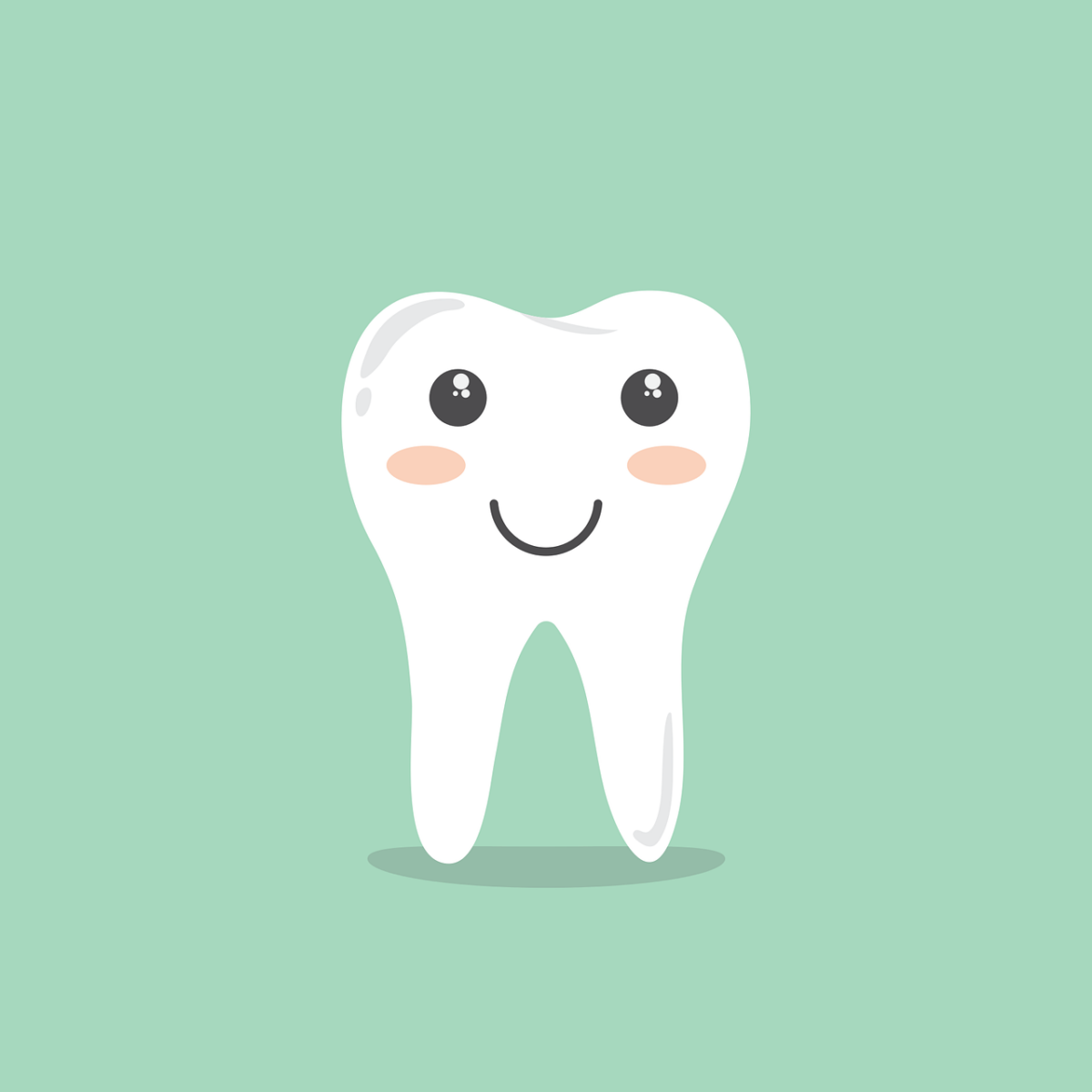SHARE
Gum disease, or periodontal disease, is the main cause of tooth loss; one in three adults have it. Their gums are constantly irritated and inflamed, and bacteria is slowly destroying the tissues and bones that support their teeth!
Gum disease occurs when bacterial plaque builds up along and underneath the gum line. The bacteria produces toxins which irritate the gums and break down the connective fibers that hold the teeth to the gums. This causes “pockets” to form between the teeth and gums.
Do I Have Gum Disease?
The most obvious symptom is chronic inflammation of the gums. This causes the gums to bleed when you brush your teeth. The “pockets” between the teeth and gums, loosening of the teeth and bad breath are telltale signs of the disease.
Keep in mind that most people won’t experience these symptoms until they are at least 30 years old. This doesn’t mean that younger people cannot suffer from gum disease; they just suffer from a milder form known as Gingivitis.
If you have any of these symptoms, speak to your dentist as soon as possible. Only a dentist or periodontist can diagnose gum disease and determine how far it has progressed.
Gum Disease and Heart Disease!
As if losing your beautiful smile isn’t bad enough, scientists have also found a connection between gum infections and heart disease.
Apparently, the bacteria that causes gum disease can get into the bloodstream and cause clotting and blockages in the arteries. This leads to heart attacks and strokes.
Sounds horrible, right? Let’s find out how to keep that from happening.
Preventing Gum Disease
It’s really easy to prevent gum disease; just get rid of the plaque!
Brush your teeth thoroughly twice daily. Brush the surfaces with short gentle strokes, the top front teeth with downward strokes and the lower front teeth with upward strokes. It should take you about two minutes to get it done.
Floss daily. Flossing removes plaque between your teeth. If you haven’t been flossing regularly, your gums may bleed a little in the beginning but it should stop within a few days. If you don’t like flossing, get an interdental brush.
Rinse you mouth after meals with sterile water or mouth wash to remove food particles. However, be careful with mouthwashes as they can burn your mouth if used excessively.
Get regular dental checkups and cleanings, preferably once every six months. This helps to maintain healthy teeth and gums, and catch gum disease early.
Keep Gum Disease at Bay with Proper Nutrition
Reduce your intake of soda, candy, baked goods and other sugary foods. This keeps the bacteria in your mouth from feeding on the sugar and producing acids that break down enamel.
Eat foods that are rich in Vitamin C, A and E because these antioxidants can prevent inflammation. Vitamin C also helps to repair any connective fibers that may have been broken by bacteria.
Don’t forget calcium and Vitamin D too because they keep the bones that support your teeth healthy. 500 milligrams of calcium twice daily can reduce bleeding of gums and prevent tooth loss for those who are already experiencing symptoms.
Have a brighter smile and a healthier heart by using these tips today!

